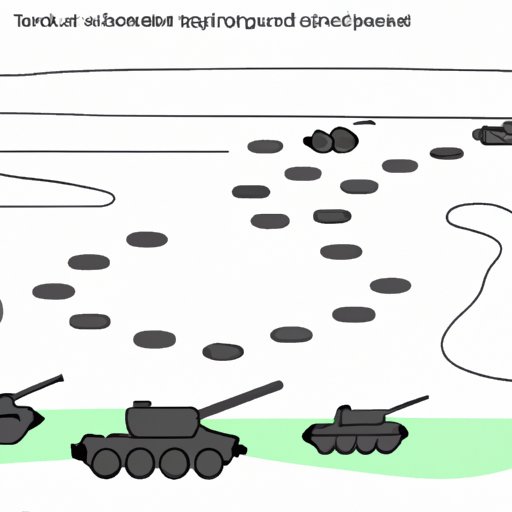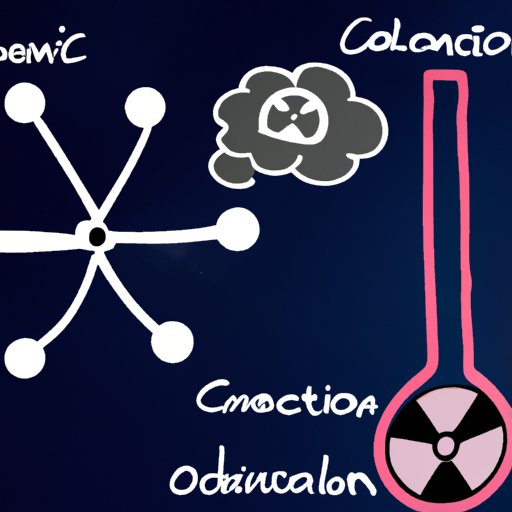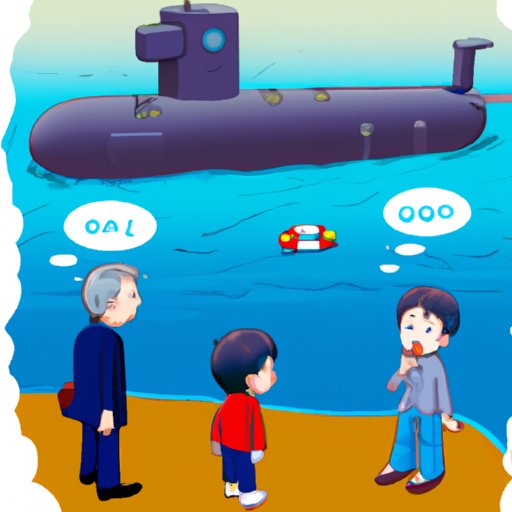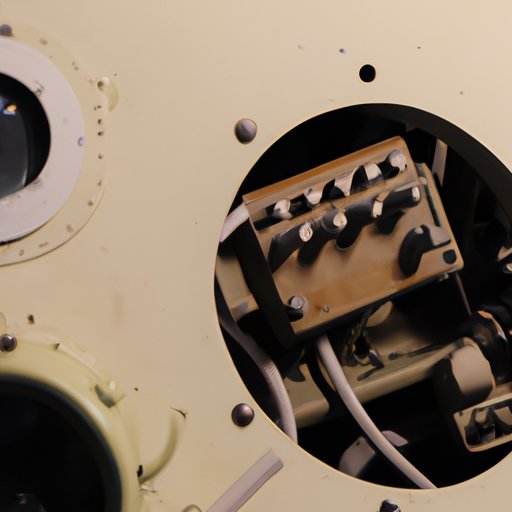Introduction
World War I (WWI) was a global conflict that lasted from 1914 to 1918. This war saw the use of new military technologies, such as aircraft, machine guns, tanks, chemical weapons, submarines, and radios. In this article, we will explore how these technological advances changed warfare tactics and impacted the battlefield during WWI.
Examining the Use of Early Aircraft in WW1
The first aircraft used in WWI were primitive biplanes with open cockpits. These early aircraft were mainly used for reconnaissance, but they also played a role in aerial combat. As pilots gained experience, more sophisticated aircraft were developed, such as fighters and bombers. These aircraft had enclosed cockpits, more powerful engines, and better maneuverability.
The use of aircraft during WWI had a significant impact on the battlefield. For example, aircraft allowed for more effective reconnaissance, which enabled commanders to make better strategic decisions. Additionally, aircraft provided air support for ground troops, allowing them to advance more quickly and safely. Finally, aircraft were used to drop bombs and launch attacks on enemy positions.
The Impact of Machine Guns on the Battlefield
Before WWI, machine guns were heavy, bulky weapons that were difficult to move and operate. However, advances in technology during the war led to the development of lighter and more portable machine guns. These weapons could be moved around the battlefield with relative ease and allowed for more accurate targeting. As a result, machine guns had a huge impact on the battlefield, as they allowed soldiers to quickly suppress enemy positions.
The introduction of machine guns also changed the way that battles were fought. The combination of machine guns and trenches meant that frontal assaults were no longer effective, leading to the development of new tactics such as flanking maneuvers and artillery barrages.

How Tanks Changed Warfare Tactics
The introduction of tanks during WWI was a major turning point in the war. Tanks were heavily armored vehicles that could cross difficult terrain and provide fire support for advancing troops. They also changed the way that battles were fought, as their armor protection allowed them to withstand enemy fire and advance through enemy lines.
Tanks also had a psychological effect on the battlefield, as they inspired fear in the enemy and boosted morale among friendly troops. Additionally, tanks allowed commanders to conduct mobile warfare, as they could quickly move across the battlefield and strike at vulnerable points.

Exploring the Role of Chemical Weapons
Chemical weapons were first used during WWI, and they had a devastating effect on the battlefield. These weapons were designed to cause chemical burns, blindness, and even death. The most commonly used chemical weapons were chlorine gas, mustard gas, and phosgene gas.
The use of chemical weapons had a huge impact on the battlefield, as they caused mass casualties and disrupted troop movements. Additionally, chemical weapons created a sense of panic and confusion, making it difficult for commanders to maintain control over their troops.

Investigating the Introduction of the Submarine
Submarines were first used during WWI, and they had a major impact on naval warfare. Submarines were small, stealthy vessels that could travel underwater and launch surprise attacks on enemy ships. They were also equipped with torpedoes, which allowed them to inflict serious damage on enemy vessels.
The use of submarines allowed navies to launch surprise attacks on enemy fleets and disrupt supply lines. Additionally, submarines forced navies to develop new tactics, such as convoy escort and anti-submarine warfare. By the end of the war, submarines had become a major threat to naval forces.
Analyzing the Use of Radio and Telegraph Technology
Radio and telegraph technology played an important role in WWI, as it allowed commanders to communicate with their troops in real time. This allowed for more efficient coordination of troops and improved battlefield tactics. Additionally, radio and telegraph technology allowed for faster communication between commanders, enabling them to react quickly to changing conditions on the battlefield.
Radio and telegraph technology also allowed for more effective intelligence gathering, as it allowed commanders to intercept enemy communications. This enabled commanders to gain a better understanding of their opponents and gave them an edge in battle.
Conclusion
WWI marked a major shift in warfare, as new technologies such as aircraft, machine guns, tanks, chemical weapons, submarines, and radios were used for the first time. These technologies had a major impact on the battlefield, as they changed the way that battles were fought and altered the course of the war. The use of these technologies also paved the way for the development of new tactics and strategies, which continue to shape modern warfare.
Overall, the technological advances of WWI had a profound impact on the course of the war. These advances allowed commanders to conduct more effective warfare and gave them a greater advantage over their opponents. This demonstrates the importance of technology in warfare, and its potential to change the outcome of a conflict.
(Note: Is this article not meeting your expectations? Do you have knowledge or insights to share? Unlock new opportunities and expand your reach by joining our authors team. Click Registration to join us and share your expertise with our readers.)
